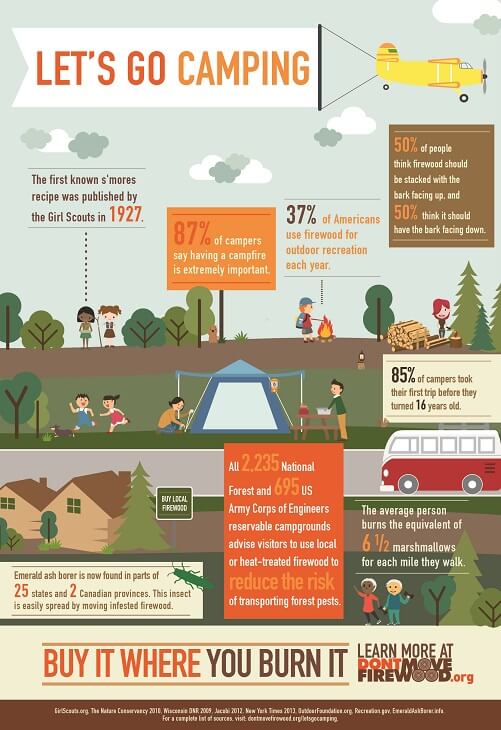If you camp regularly in areas with rocks or sharp downed branches or just despise storing a damp, sloppy camping tent, then an impact is definitely worth considering. Footprints are additionally reasonably economical contrasted to a brand-new tent.
Can you live in a tent in winter?
Lots of outdoor tents manufacturers use their very own details footprints, which are cut to the precise dimension of the outdoor tents flooring. However, you can make one yourself with a lightweight material like polycryo or tyvek.
Climate condition
Whether or not you need a footprint truly depends upon the problems you'll be camping in. If you're backpacking in an area where the ground is usually wet (it's practically inescapable), a camping tent impact can be a valuable enhancement to your package, as it will prevent your camping tent floor from ending up being soaked.
Nonetheless, if the impact is also big it can act as a wetness trap and possibly permit water to swimming pool under your outdoor tents. This can be avoided by ensuring the impact is reduced a little bit smaller sized than your outdoor tents on all sides.
Usually talking, it's best to get a footprint from the same maker as your camping tent to make sure a precise fit. They additionally often tend to be made from thicker, much more long lasting products than do it yourself choices. They can be pricey for something whose single objective is to shield the ground below your outdoor tents, yet it can be a rewarding financial investment if you respect the long life of your equipment.
Surface
Lots of high quality camping tents can work well without a footprint, especially those that have bathtub floors made of durable products. Nonetheless, the surface you trek on can have a substantial influence on exactly how swiftly your camping tent floor wears out. Granite slabs, sandstone and other sturdy surface areas put on with the bottom of your tent faster than grassy fields or woodland floorings.
A footprint or ground cloth assists extend the life of your tent by acting as an obstacle in between the ground and the sewn-in groundsheet of your camping tent, states REI senior sales specialist Elizabeth Nguyen. It additionally shields the camping tent from rough elements like sharp branches and rugged rocks that might puncture or tear the sewn-in floor. When picking an impact for your camping tent, it is essential to guarantee it's a little smaller than the tent on all sides. This prevents water from merging in between the camping tent and footprint throughout a rainstorm, which might seep right into your camping tent. The very best choice for a footprint is to acquire one created for your certain tent, which will assure a snug fit.
Tents with Reduced Deniers and Water Resistant Ratings
Whether you're a casual backpacker or a hardcore adventurer, the resilience degree of your camping tent is an essential factor to consider. Camping tents developed to be ultralight, approaching minimal, typically trade off some level of sturdiness in the fabric and products utilized.
One fabric spec you'll come across is denier, which refers to the weight in grams of a 9,000-meter size of yarn that makes up the camping tent's canopy, rainfly, and/or flooring. A higher denier specification symbolizes more rugged materials, while lower numbers show lighter and less durable materials.
Other specifications to look at consist of floor measurements, vestibule size, and indoor pockets. The former reflects the total square-footage that can be utilized for comfortable area, while the latter outdoor living tents can play a role in storage space by providing an area to stash equipment overnight and in bad climate. Ventilation is additionally a vital factor; as you breathe out moisture throughout sleep, it requires to leave, or condensation might build up within. Features such as mesh home windows and panels and adjustable rainfly doors assist raise ventilation and stop this from happening.
The Price
The cost of an outdoor tents can impact its performance, and it is additionally essential to take into consideration how much you can manage to spend. Backpackers looking for a lightweight shelter needs to aim for a camping tent with a livability ranking of a minimum of 2 stars, and when possible, three or even more.
Livability refers to exactly how roomy an outdoor tents feels, with clearance and floor dimensions playing a large role. Historically, backpacking outdoors tents used outstanding sloped wall surfaces and minimal room to save weight, however modern-day materials permit designers to give more comfort while maintaining weight low.
Storage space is another element to take into consideration, with vestibules and a quick-pitching design helping reduce arrangement time. Additionally, the kind of material layer and how the camping tent is saved can affect durability. As an example, a PU covering that breaks down faster when damp, or is subject to repeated cycles of storing and un-stowing, can significantly shorten the life expectancy of an outdoor tents. Similarly, using a personalized impact rather than stuffing a camping tent in a careless manner will likewise expand its life-span.
What is tent fabric called?
